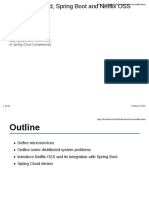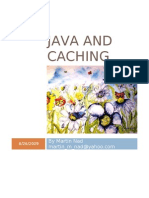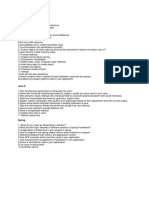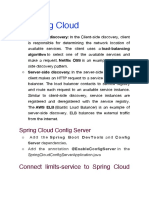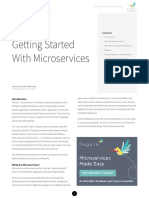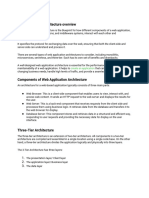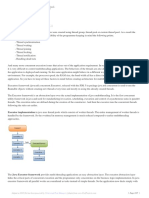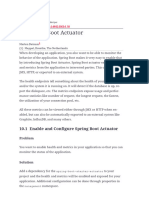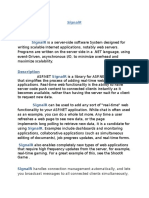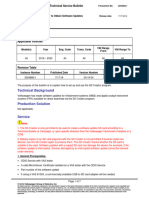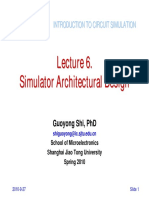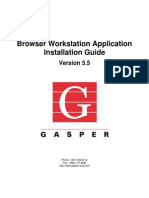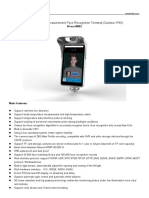0% found this document useful (0 votes)
189 views10 pagesProducer and Consumer: Java EE Enterprise Edition
The document discusses producer and consumer activities. Producer activities include composing music, developing software, and cooking food. Consumer activities include listening to music, watching movies, eating, and buying clothes.
Uploaded by
FuadNaserAl-deenCopyright
© © All Rights Reserved
We take content rights seriously. If you suspect this is your content, claim it here.
Available Formats
Download as DOCX, PDF, TXT or read online on Scribd
0% found this document useful (0 votes)
189 views10 pagesProducer and Consumer: Java EE Enterprise Edition
The document discusses producer and consumer activities. Producer activities include composing music, developing software, and cooking food. Consumer activities include listening to music, watching movies, eating, and buying clothes.
Uploaded by
FuadNaserAl-deenCopyright
© © All Rights Reserved
We take content rights seriously. If you suspect this is your content, claim it here.
Available Formats
Download as DOCX, PDF, TXT or read online on Scribd
/ 10
